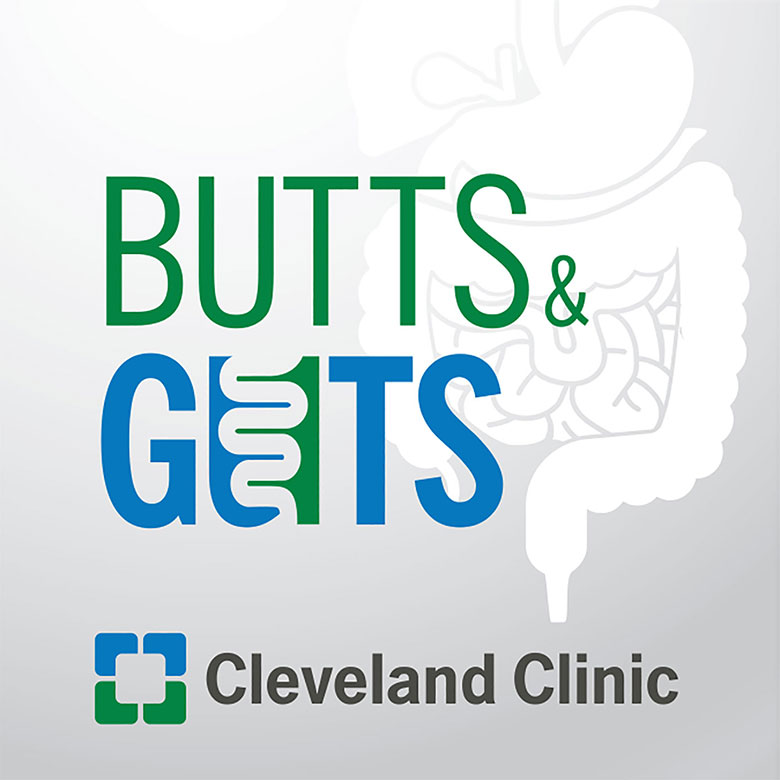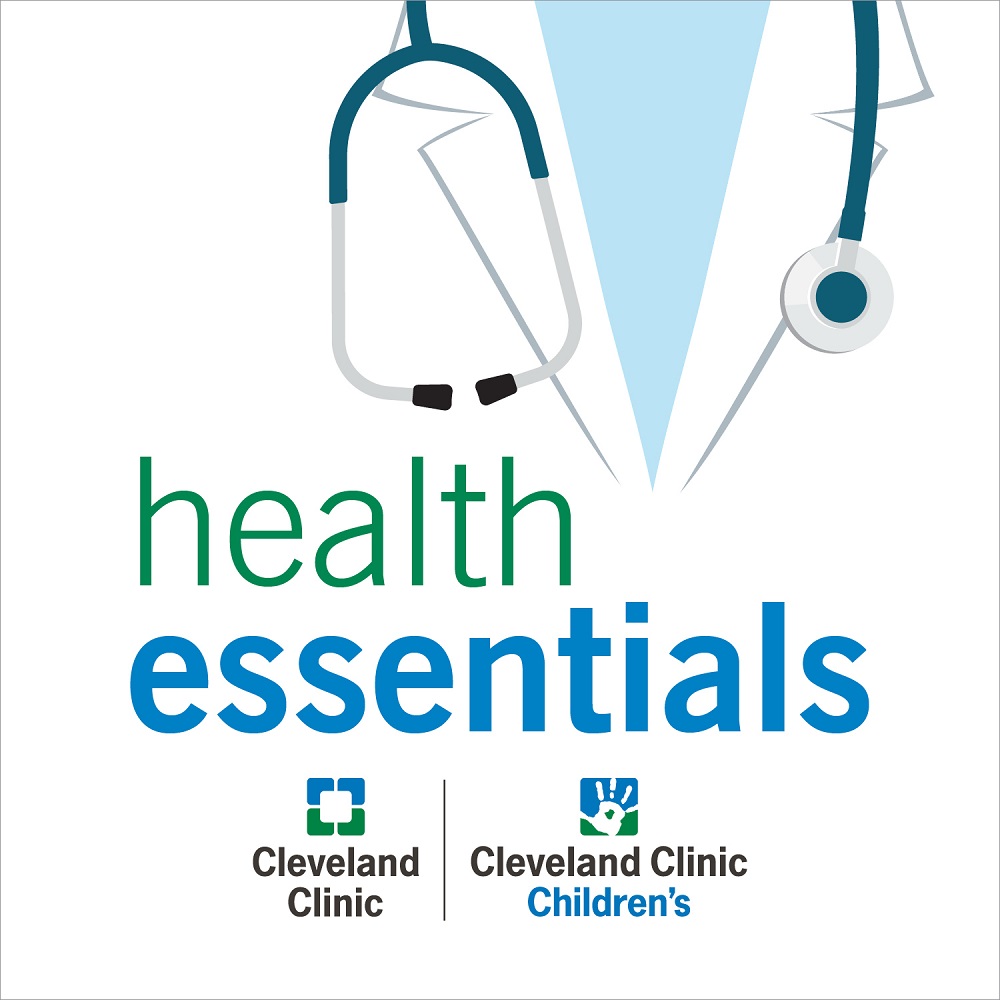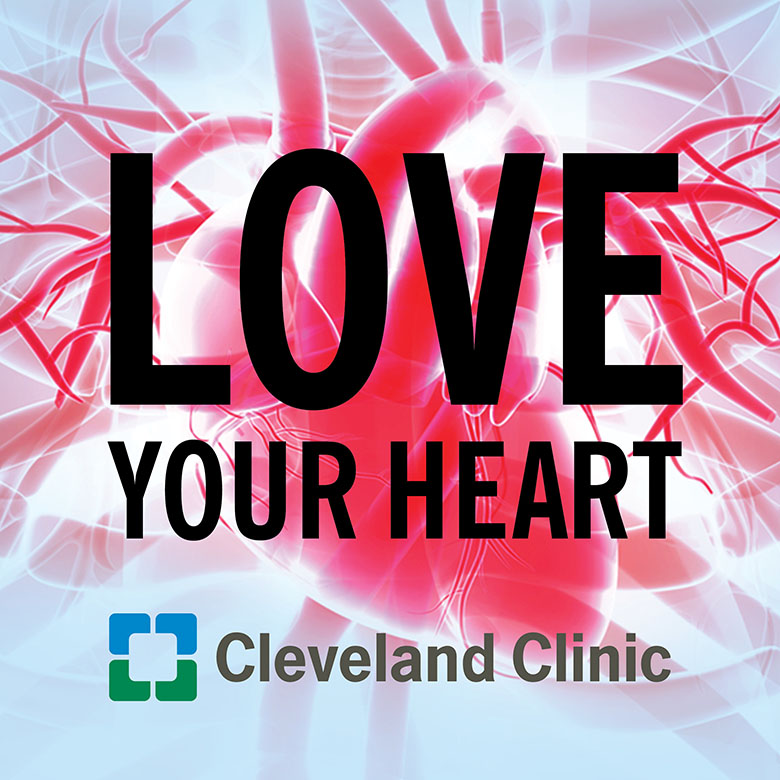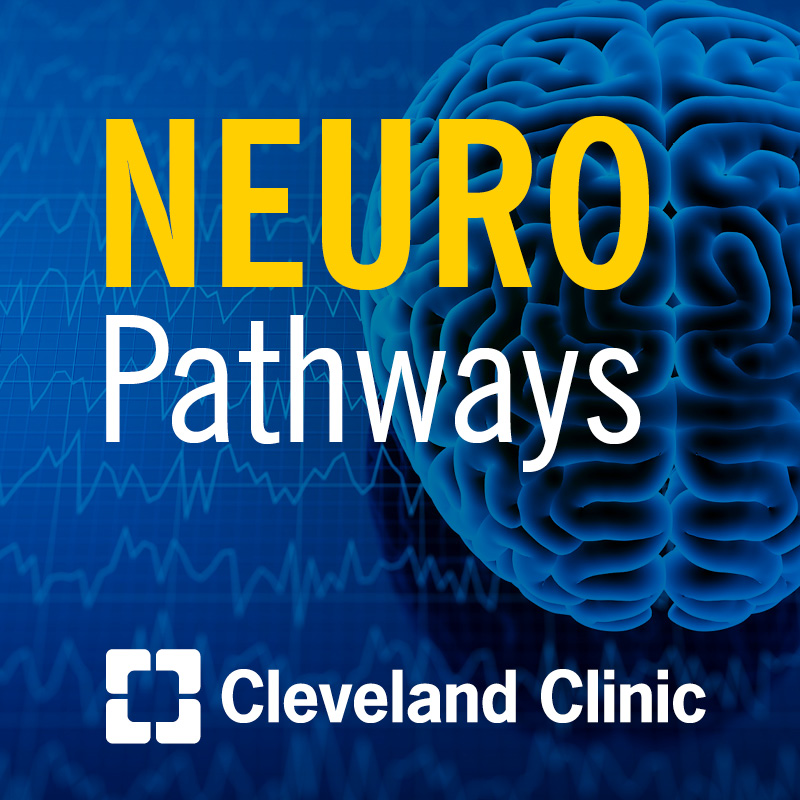Goals of PAD Management

There are two main goals to focus on while caring for patients with peripheral arterial disease (PAD). Teresa Wu, MD, from the Section of Vascular Medicine at Cleveland Clinic talks about these two goals and insights into PAD management.
Subscribe: Apple Podcasts | Podcast Addict | Buzzsprout | Spotify
Goals of PAD Management
Podcast Transcript
Announcer:
Welcome to Cleveland Clinic Cardiac Consult, brought to you by the Sydell and Arnold Miller Family Heart, Vascular and Thoracic Institute at Cleveland Clinic.
Teresa Wu, MD:
Hi everyone. My name is Teresa Wu. I'm one of the staff physicians in the Section of Vascular Medicine at the Cleveland Clinic. And today I'll be talking a little bit about medical therapy for PAD. And the way I like to approach medically managing PAD is to compartmentalize it into two goals, which I address at every office visit.
So, number one, we want to prevent cardiovascular morbidity and mortality, and that includes heart attacks, strokes and adverse limb events, which are the leading causes of mortality and morbidity in these patients. And secondly, we want to improve their function and quality of life. And throughout the section, I'll be referencing the most recent ACC/AHA guidelines on PAD.
So, to start off, the first arm of our treatment approach is to prevent cardiovascular limb events, and this includes interventions for aggressive risk factor modification and antithrombotic therapy. I like to stress, to a lot of my patients, that once a diagnosis of PAD has been made, at the very least, a comprehensive discussion about medical management should be had. And it's important to highlight that a majority of cases of PAD end up having stable or improved symptoms of their disease, and only a minority of patients of PAD ever progressed to the dreaded complications of limb ischemia, assuming we have optimized medical therapy, and this is why discussing medical therapy at every visit is so important, and that includes aggressive risk factor modification and supervised exercise as well.
Of course, there is a small subset of patients who may be better initial candidates for revascularization, but for a large majority of patients with PAD, they can be very appropriately managed with optimal medical therapy. And then also we want to talk about medical therapies that improve function and quality of life, which is ultimately the patient's priorities. So, in terms of risk factor modification, smoking cessation is obviously one of the most important ones that I said I stress on at every visit. And so smoking cessation has been shown in multiple studies to improve survival outcomes, improve limb outcomes, as well as revascularization rates. And this is through both behavioral counseling and also pharmacologic agents if needed, such as varenicline and bupropion.
Cholesterol optimization is also very important, and this is to the use of statins regardless of LDL level, and also non-statin therapies if needed, such as ezetimibe and also PCSK9 inhibitors if needed. And that's to target an LDL goal of less than 70. Blood pressure control is also key here, and this is primarily to reduce morbidity from cardiovascular disease, specifically to target asystole blood pressure of less than 130. In my practice, I don't gravitate towards one particular agent over another, as long as the patient's blood pressure is at goal. Although there is some data for ACE inhibitors in this population specifically.
For glycemic control, as we know, diabetes is a huge comorbidity we see in PAD. These patients tend to have more small vessel distal disease and tend to have worse outcomes, including increased rates of limb ischemia and amputation. So, the current recommendation is strict glycemic control to target a hemoglobin A1C of less than 7 percent. And I do encourage all providers to consider the use of the GLP-1 receptor agonists and the SGLT2 inhibitors, as these have been associated with improved cardiovascular outcomes in patients with diabetes and PAD.
And then finally in this category is anti-platelet and anti-thrombotic therapy. And I think this is an area that we tend to see the most in our provider variability. In terms of what I end up using in practice ends up being a combination of the most recent ACC/AHA guidelines, as well as my own personal experience. But for patients with asymptomatic PAD, I don't often use anti-platelet therapy unless there is evidence of atherosclerosis in another vascular bed. In patients with symptomatic PAD, such as those with stable claudication who have not undergone revascularization, I will use either aspirin or clopidogrel monotherapy, and then escalation to aspirin and low dose rivaroxaban 2.5 twice a day in patients with polyvascular disease such as those with PAD and CAD, since these were the patients that derived the most benefit in the COMPASS Trial.
And then finally, for those who've undergone revascularization, this is where I will oftentimes involve a conversation with the interventionalist or the surgical team to decide, since there could be a lot of patient-specific and med-specific factors that can come into play here. Now, the VOYAGER trial that came out in 2020 did show some benefit of aspirin and low-dose rivaroxaban in these patients. So, I have seen this used more, but at the end of the day, I think there is still a lot of inter-provider variability. So, it ends up being a lot more of a multidisciplinary discussion when it comes down to deciding on the best antithrombotic regimen for these patients post revascularization. And that's kind of a quick summary of the medications that we use in these patients to prevent adverse cardiovascular and limb events in people with PAD.
The last thing I'll quickly mention are medical therapies to improve function and quality of life, and that's our second goal in working with these patients. Unfortunately, the only medication we have in our arsenal is cilostazol. And sadly, I find that in my practice, more often than not, my patients aren't really able to tolerate this due to side effects. And so, more importantly, I really try to work with my patients on getting them on a supervised exercise program to really help with their symptoms. And then, if necessary, then referral for revascularization.
That's a brief summary of the medical therapies that we use in people with PAD. This is an ever-evolving field, and I think in another five to 10 years, we'll see a lot of new therapies that'll be used in this population and if anyone has any questions about this topic, please feel free to reach out to me.
Announcer:
Thank you for listening. We hope you enjoyed the podcast. We welcome your comments and feedback. Please contact us at heart@ccf.org. Like what you heard? Subscribe wherever you get your podcasts or listen at clevelandclinic.org/cardiacconsultpodcast.
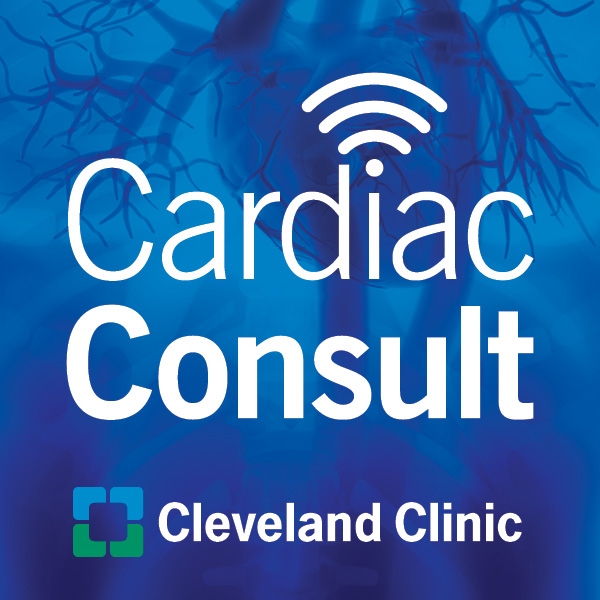
Cardiac Consult
A Cleveland Clinic podcast exploring heart, vascular and thoracic topics of interest to healthcare providers: medical and surgical treatments, diagnostic testing, medical conditions, and research, technology and practice issues.
